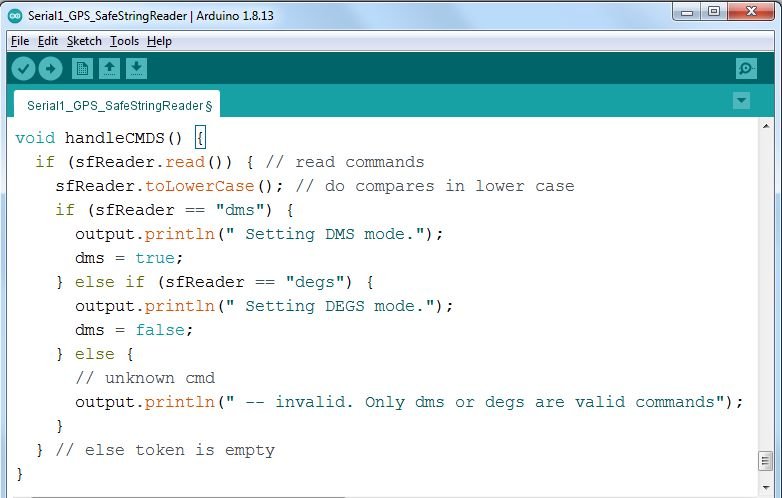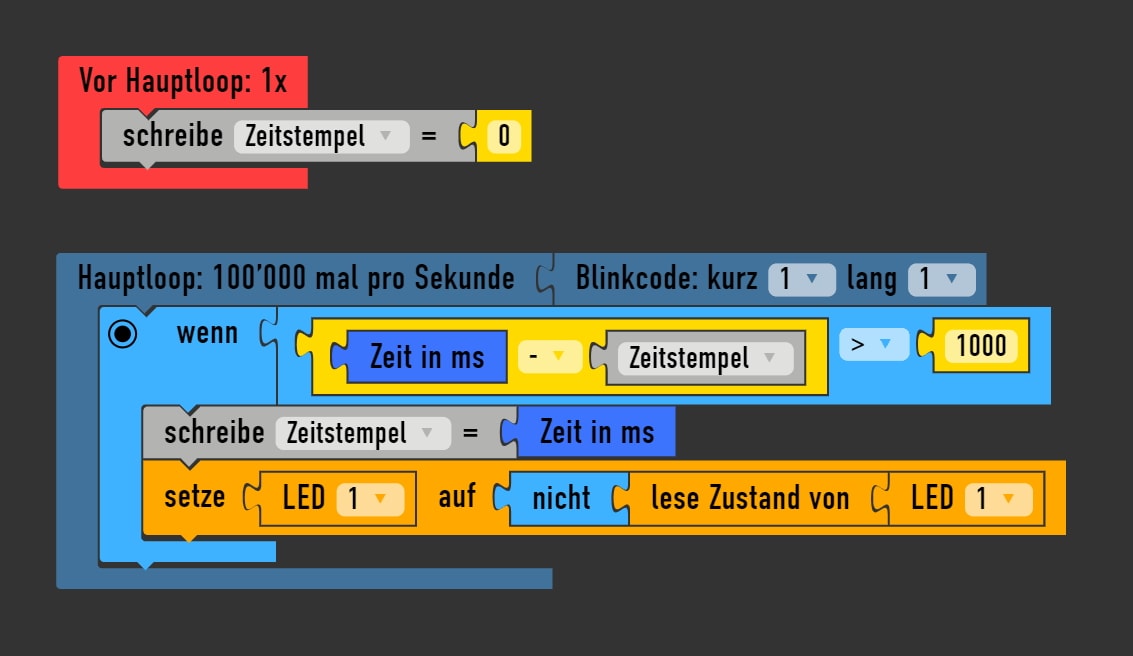
If for example you want to only perform a certainĪutomation if a certain complex formula evaluates to true, you can do that with templates. With templates inside ESPHome, you can do almost everything. For the cases where the “pure” YAML automations don’t work,ĮSPHome has another extremely powerful tool to offer: Templates. They’re a powerful tool to automate almostĮverything on your device with an easy-to-use syntax. Now that concludes the introduction to automations in ESPHome. In the first example, this range is defined as “any value above or includingĦ5.0”, and the second one refers to once the humidity reaches 50% or below. That’s a lot of indentation 😉 on_value_range is a special trigger for sensors that trigger when the value output Sensor : - platform : dht humidity : name : "Living Room Humidity" on_value_range : - above : 65.0 then : - switch.turn_on : dehumidifier1 - below : 50.0 then : - switch.turn_off : dehumidifier1 temperature : name : "Living Room Temperature"

Hopefully a bit easier to read and understand than Home Assistant’s.įor example, this configuration would achieve your desired behavior: With it, youĬan write some basic (and also some more advanced) automations using a syntax that is That’s why, starting with ESPHome 1.7.0, there’s a new automation engine. Ideally the IoT should work without an internet connection and should not break with

You could write an automation to do this task in Home Assistant’s automation engine, but
#Arduino delay non blocking install#
That’s why you haveĭecided to also install a simple push button next to the dehumidifier on pin GPIO4.Ī simple push on this button should toggle the state of the dehumidifier. But in many cases,Ĭontrolling everything strictly from the frontend is quite a pain. Of the dehumidifier in your living room from Home Assistant’s front-end. With this file you can already perform some basic tasks. Of course, for advanced programmers one can use interrupt timers, just as long as one doesn't use a timer that is being used by another function in your sketch.īTW - Fishbone, I'm changing the initial URL to this second one for newbies.Īnd your first example is aptly named as "millis() based delay", since although it uses millis() it's still a delay, albeit not a delay() delay, since it sits in the while() with its thumb up its arse.Īt least in the link, when they start to use their scheduler they put the millis() stuff in an if() which is cool since it loop()s, but putting it in a while() just makes it a delay.Switch : - platform : gpio pin : GPIO3 name : "Living Room Dehumidifier" binary_sensor : - platform : gpio pin : GPIO4 name : "Living Room Dehumidifier Toggle Button" Or you can have a delay without the use of timers, but end up with a blocking function. One can have a non blocking delay using millis(), but that assumes that no other functions/libraries in the sketch are manipulating the built in timers. ( I should have used this reference to start with now that I think of it, thanks Fishbone) A non blocking example could be found here. This was just for short illustration and thanks for pointing out that it does in this case block. I posted a bit from another (referenced) source to make the explanation simple. void ntDelay(byte t) delay of up to 32,767 seconds.Ībsolutely correct. There is no particular limitation on this although if you have really long delays and do NOT have to worry about using timers, I would recommend interupt timers and using ISRs.
#Arduino delay non blocking code#
Here is a code snippet for a function to give a delay specified in seconds. TWO - a blocking delay, but one that does NOT use timers (timer0, timer1, or timer2) and is able to work with libraries which have a lot of timing issues or which corrupt millis() or timer0 counts. handle whatever you want to handle after the pause here, than start allover again add the code you want to keep running here This is the use of millis(), a system timer showing elapsed time from processor startup. (great as long as timer0 functions are not being modified by something else). One a non blocking function which allows other operations to continue and does not require the use of interupts. Of course, delay also is blocking which can stop the RadioHead reception in its tracks. In some cases this means that not only is the delay() function disrupted, so is millis().

Sometimes you come on a library (example RadioHead) which intensively uses internal timers. You all should be familiar with delay() - it is a simple way of creating a program delay. Ok, this has been done in different ways before so why again? Hopefully to add some insight as to why one would want to use different delay functions.


 0 kommentar(er)
0 kommentar(er)
